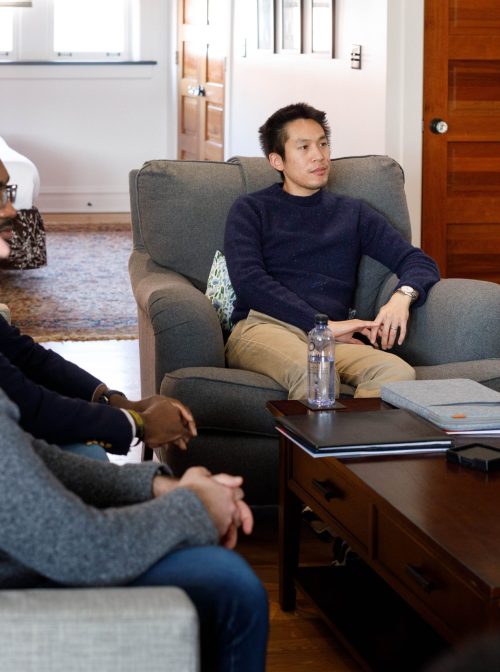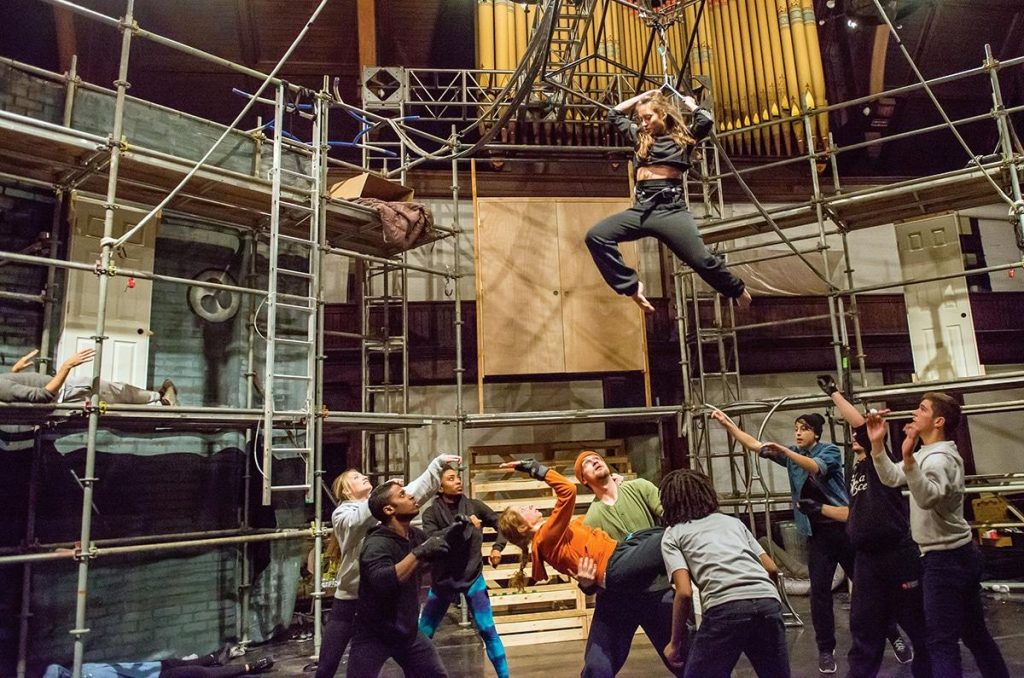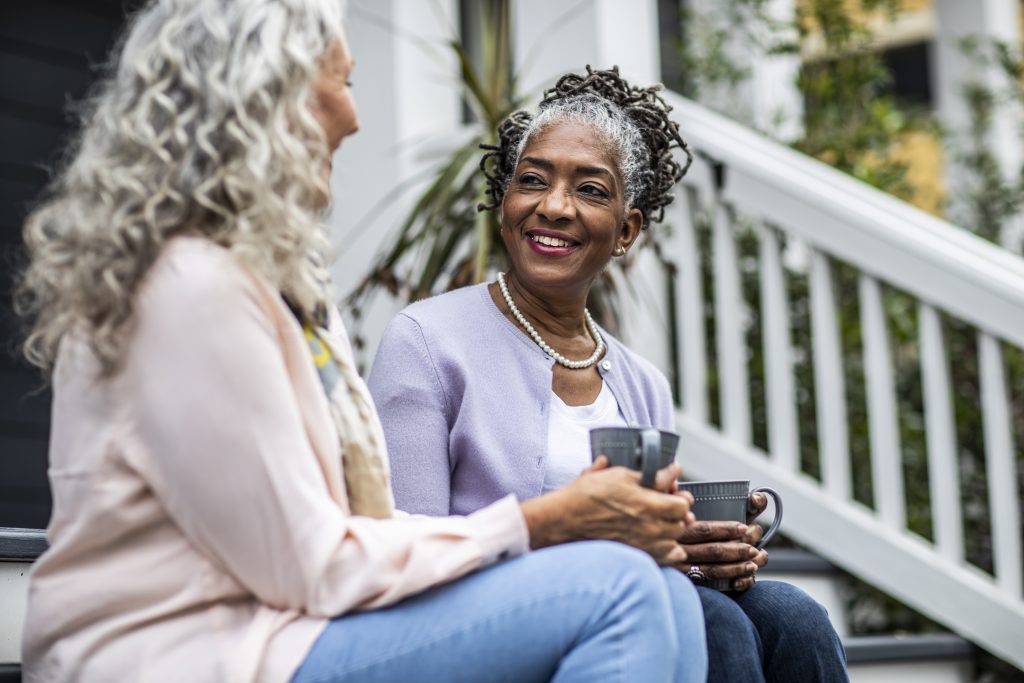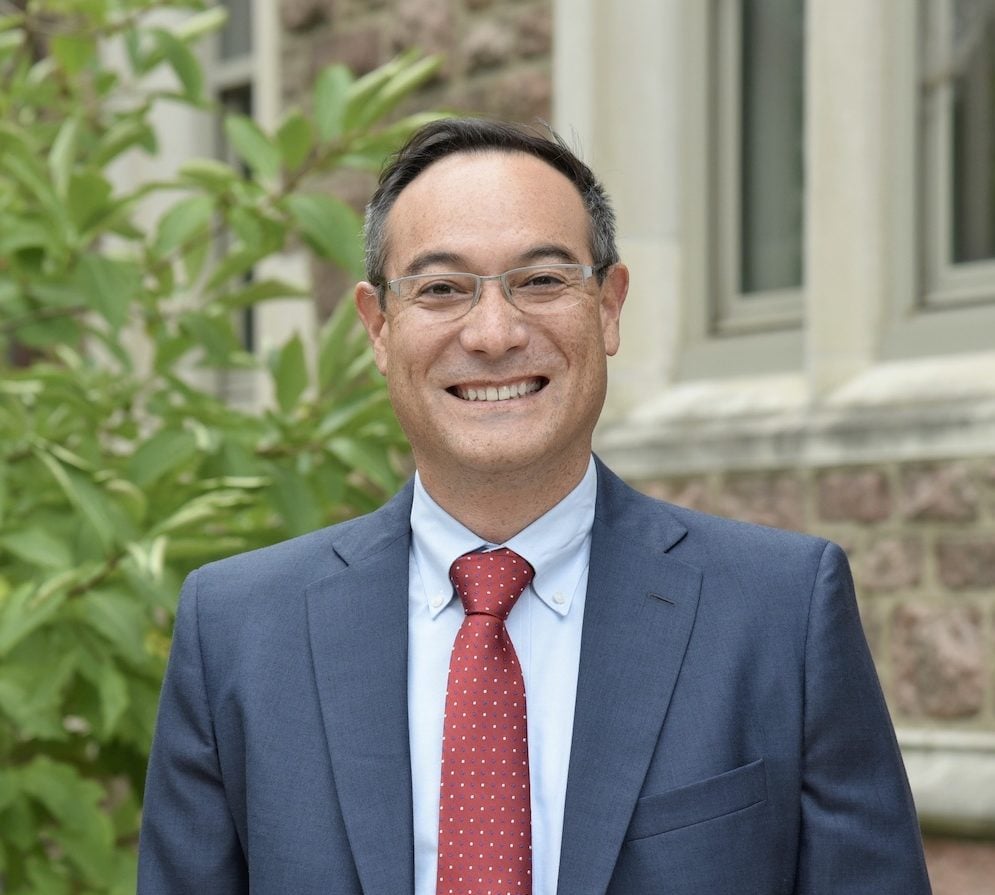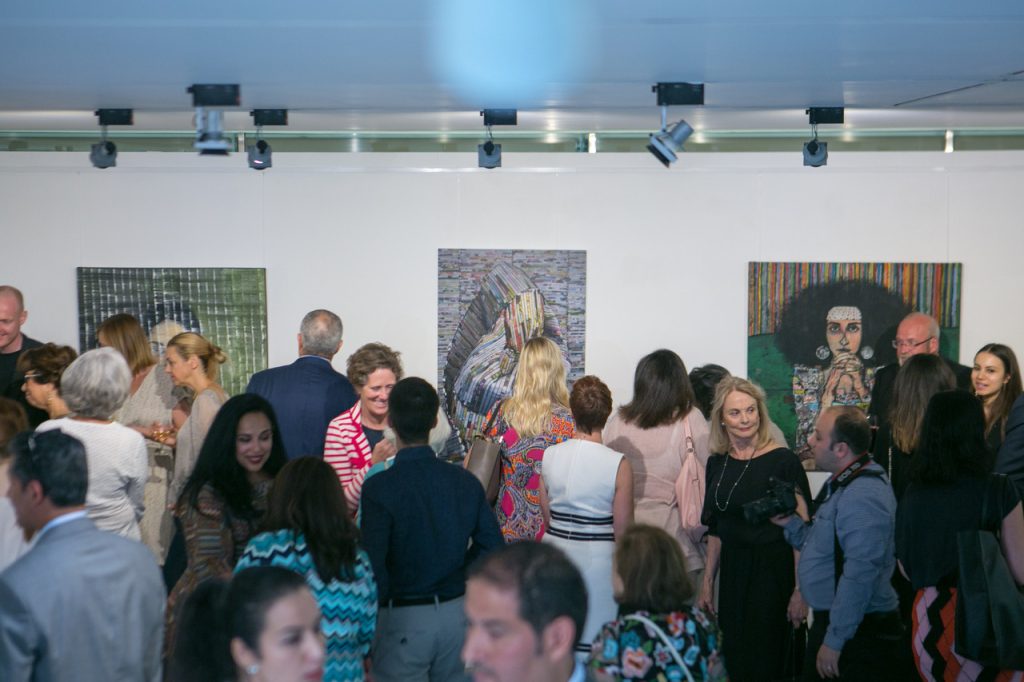We are all interfaith leaders. It is how we act and when we choose to act that defines how effective we are.
LaTanya Lane, the director of the Interfaith Leadership Institute at Interfaith America, is an interfaith hero of mine. She is someone who dedicates her time and effort to the education of future and current interfaith leaders. She wrote in “Interfaith America Magazine” earlier this year that she when she visited her family for a holiday, she “politely attended church services rather than explain my unbelief to my parents.” She wrote that her “time at home was restorative and joyful, and also full of polite silences that make the diversity of viewpoints in our family navigable.”
My initial emotion was surprise. Surprise that LaTanya doesn’t live every aspect of her life in a pluralistic manner. But I realized that I also have many moments where I choose to be politely silent rather than advocate for the interfaith approach. In fact, I found it so humbling and relatable that she at times holds her words and her actions when the moment may not seem right to be an interfaith leader and ally.
Like LaTanya, I recently experienced a moment when I felt compelled to not act as an interfaith leader. I recently cared for a premature infant who was born with polydactyly, extra and generally non-functional digits on their hands. The treatment is simple and requires no more than a numbing shot to the hand, removal of the extra digits, and closure of the wound. For religious reasons, the mother hoped the surgical team would be able to perform the procedure before the infant was ready to leave the hospital. I knew this was unlikely as my lead surgeon preferred to schedule the procedure at her convenience. When discussing this patient’s care with my team members, one of them scoffed at the idea that we would adjust our protocols to accommodate the mother’s “religious reasons”. I opened my mouth, ready to spring into action as an interfaith leader. But I held my tongue and offered a brief, complicit laugh. Afterwards, I felt the guilt of a missed opportunity to advocate for the mother’s religious wishes. I felt the guilt that despite all the training and mentoring I’ve had from the interfaith community, I did not take the pluralistic path even if it was more difficult.
Reflecting on LaTanya’s and my stories, I draw a parallel to the concept of code-switching for individuals of a minority race or culture. Like individuals who code-switch to fit the majority demographic’s attitudes, behaviors, and patterns, interfaith leaders must also occasionally adapt their words and actions to make certain scenarios navigable. As a developing interfaith leader and surgeon-in-training, I have experienced moments where I can fully embody my beliefs that medical care is improved by consideration of patients’ religious and spiritual wishes and/or needs. When a Jewish patient with a broken wrist requested I keep his left arm free so he could wrap tefillin around his arm during prayer, I worked with his nurse to move his IV catheter to his right arm even though his right wrist was broken and placed in a splint. But I have also experienced moments where my philosophies around interfaith cooperation have shrunk into the background such as caring for the young infant with polydactyly. Through these experiences and mistakes, I am learning when I can stand for my patient’s religious and/or spiritual beliefs and when it is more appropriate to politely hold silence – decisions that are core to code-switching.
As a developing interfaith leader and surgeon-in-training, I have experienced moments where … medical care is improved by consideration of patients’ religious and spiritual wishes and/or needs.
How do we, as interfaith change-makers, lessen the scenarios in which we need to code-switch? As I conclude my time as an Sacred Journey fellow, a 20-month intensive interfaith leadership development fellowship, there are a few points I am hoping to incorporate into my interactions to increase interfaith cooperation around me. In settings where I am an equal team member if not a leader, I hope to create the environment where matters of faith and spirituality can be openly discussed and tolerated. In a workshop on trauma-informed leadership with Rachael Ibrahim, a racial equity activist, she discussed generating collective ground rules as a practice for team members to feel comfortable addressing uncommon or taboo topics.
There are also settings in which I am not an equal team member or settings that are not co-creative spaces. In this situation, I intend to use the interfaith triangle, a concept I recently learned from Suraj Arshanapally, a fellow interfaith leader and a trainer for the Interfaith Leadership Summit. Put simply, the interfaith triangle – knowledge, attitude, and relationship – describes the basic elements necessary for fostering interfaith cooperation. When I enter into these uncertain settings, I know I can connect with an individual on at least one element of this triangle. Then building from that one element, I can bridge my ideas of pluralism in a way that are empathetic and human.
As I step forward from the Sacred Journey Fellowship, I believe part of my role as a future interfaith surgeon is identifying fellow interfaith allies within the surgical field. While I do not think I will live in a world where I will never need to code-switch, I can strive for a time when I know several allies in the hospital or even one on my team. However unknown the future may be, I know that each step, each conversation, and each connection brings me closer to a more pluralistic world.
Dr. Lawrence Lin is an Interfaith America Sacred Journey Fellow. He is a Humanist who grew up in Texas and currently lives in Columbus, Ohio. Lawrence was born and raised as the son of Taiwanese immigrants. He grew up in a Buddhist family, though he was generally indifferent to this unless he was praying alongside his grandparents in the temple. Lawrence’s first interfaith experience was as a young child spending time with his mother at a local church where she used to help out the Sunday school to make ends meet. However, he didn’t recognize the power of religion, spirituality, and interfaith until he took a class titled “Religion and Hip Hop” – taught by an inspirational humanist scholar – in his first year as an undergraduate student at Rice University in Houston. Ever since that experience, Lawrence has sought to explore the various ways interfaith interaction can improve education and teamwork. As a medical student, Lawrence developed an experiential learning course that took students across the city of Houston visiting various places of worship and learning from faith leaders and congregant members about religion, spirituality, and medicine. Now as a resident surgeon in plastic and reconstructive surgery, Lawrence continues to seek opportunities to study the intersection of religion, spirituality, and patient care.
